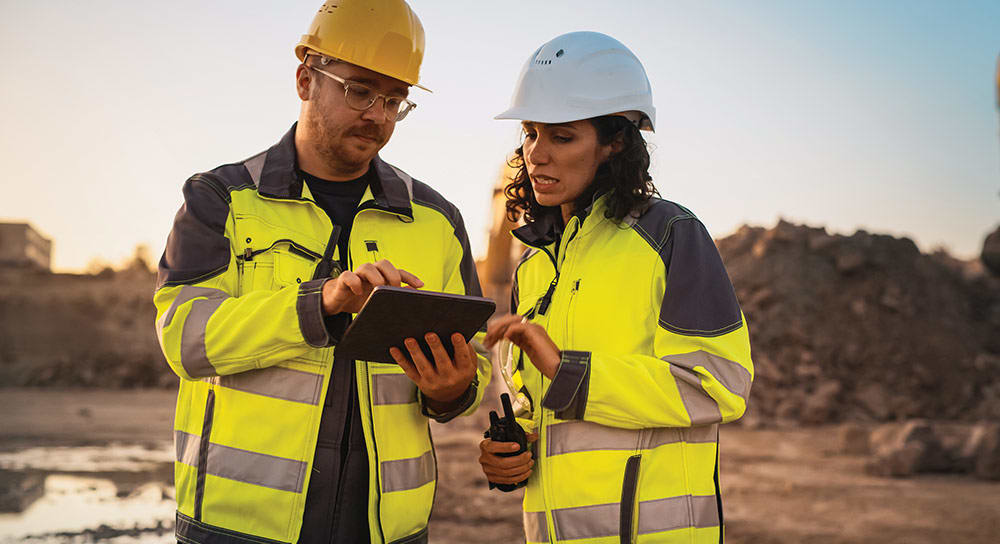Considering Autodesk's Civil 3D is now 20 years old, one might think that everyone who has adopted it over the last two decades has fine-tuned every nook and cranny of the software to ensure the greatest level of consistency, standards and productivity. While that might seem to be what we would expect, the reality is, for a number of reasons, organizations’ standards evolve overtime and, in many cases, become the product of what I like to call a “stone soup” standard.
Whether as a byproduct of adopting new client-mandated styles, acquisitions, mergers, or simply a process where multiple users from different divisions create a composite standard, the product of this type of effort may not necessarily support an organization’s overall preferred aesthetic or functional needs.
To assist organizations in identifying where positive changes to their standards, workflows, processes, data management and collaboration methodologies can be made, IMAGINiT offers a range of consulting offerings branded as “Assessment and Recommendation” (A&R) services. For the last several years, these A&R services represent a large portion of the type of customer engagements the IMAGINiT Civil Solutions team is involved in.
The advantage of the A&R services is that it offers an outside perspective, where the aggregate experiences of our technical team has had through interactions with multiple organizations, large, small, private, government from across the US and Canada, has provided us with real-world tested, best practices knowledge which have been found to lead to productive results. With these previous engagement services under our belt, we can draw from a wealth of experiences that we can use to assist other organizations in meeting their goals and objectives.
The product of A&R services is a report identifying what has been learned about the organization as well as our recommendations designed to direct the customer to meeting their goals and objectives. This typically involves achieving higher levels of productivity and an enhanced capacity to utilize the full extent of their design technology’s abilities.
In many cases, these recommendations will include direction for the creation of CAD/BIM workflow standards, not only in the sense of a Civil 3D template file, but standards with regard to procedure, process and workflows that can be used to educate users and for onboarding new employees. These standards ensure everyone within the organization is following the same steps while performing various tasks related to design and engineering.
If your organization is struggling with maintaining, enforcing or creating purpose-built Autodesk technology standards to ensure consistency and high levels of productivity, please contact your IMAGINiT account representative to learn more about our “Assessment and Recommendation” services.
About the Author
Follow on Linkedin More Content by Kevin Breslin






















